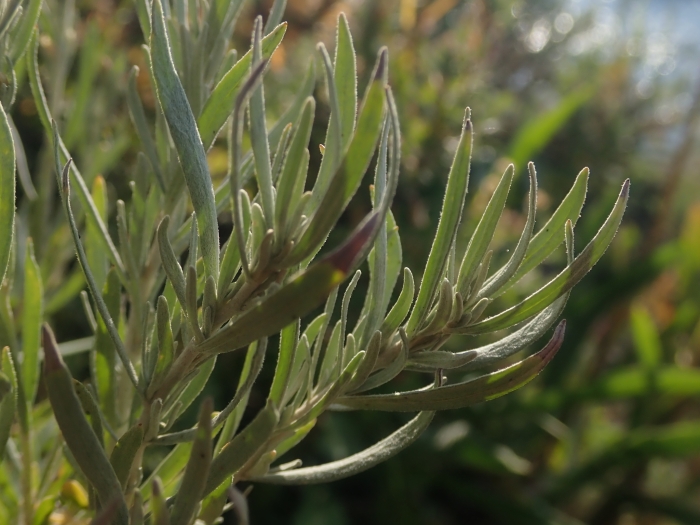Silver Sagebrush
(Artemisia cana)
Silver Sagebrush (Artemisia cana)
/
/

Nolan Exe
CC BY 4.0
Image By:
Nolan Exe
Recorded By:
Copyright:
CC BY 4.0
Copyright Notice:
Photo by: Nolan Exe | License Type: CC BY 4.0 | License URL: http://creativecommons.org/licenses/by/4.0/ | Rights Holder: Nolan Exe | Publisher: iNaturalist | Date Created: 2020-08-17T16:14:26-07:00 |





















































Estimated Native Range
Summary
Artemisia cana, commonly known as Silver Sagebrush, is an evergreen subshrub or shrub native to the semi-arid and arid regions of the Intermountain West, including grasslands, prairies, and plains. It is also found in sagebrush steppe ecosystems, which are characterized by a dominance of sagebrush species amidst a matrix of grasses and forbs. Silver Sagebrush typically reaches 50–150 centimeters (20–59 inches) in height and is notable for its narrow, blade-shaped, grey-green leaves that emit a distinct aroma when crushed. The plant’s overall appearance is characterized by a dense, silvery foliage that provides a unique texture in the landscape.
Silver Sagebrush is valued for its drought tolerance and ability to thrive in poor, well-drained soils, making it an excellent choice for xeriscaping and naturalistic plantings. It is also used for restoration projects in its native range due to its adaptability and importance as a habitat plant for wildlife. In cultivation, it requires full sun and minimal water once established, reflecting its adaptation to arid environments. While it does not produce showy flowers, its silver foliage provides year-round interest, and it can be used as a low hedge or ground cover in appropriate settings. Potential problems include root rot if overwatered and susceptibility to sagebrush gall mites.CC BY-SA 4.0
Silver Sagebrush is valued for its drought tolerance and ability to thrive in poor, well-drained soils, making it an excellent choice for xeriscaping and naturalistic plantings. It is also used for restoration projects in its native range due to its adaptability and importance as a habitat plant for wildlife. In cultivation, it requires full sun and minimal water once established, reflecting its adaptation to arid environments. While it does not produce showy flowers, its silver foliage provides year-round interest, and it can be used as a low hedge or ground cover in appropriate settings. Potential problems include root rot if overwatered and susceptibility to sagebrush gall mites.CC BY-SA 4.0
Plant Description
- Plant Type: Shrub, Subshrub
- Height: 2-5 feet
- Width: 3-4.5 feet
- Growth Rate: Moderate
- Flower Color: N/A
- Flowering Season: Summer, Fall
- Leaf Retention: Evergreen
Growth Requirements
- Sun: Full Sun
- Water: Low
- Drainage: Fast
Common Uses
Bee Garden, Bird Garden, Butterfly Garden, Deer Resistant, Drought Tolerant, Fragrant, Low Maintenance, Rabbit Resistant, Street Planting
Natural Habitat
Semi-arid and arid regions of the Intermountain West, including grasslands, prairies, plains, and sagebrush steppe ecosystems
Other Names
Common Names: Sticky Sagebrush , Hoary Sagebrush , Hoary Wormwood , Silver Wormwood , Dwarf Sagebrush , Silvery Sagebrush , Armoise Argentée
Scientific Names: Artemisia cana
GBIF Accepted Name: Artemisia cana Pursh